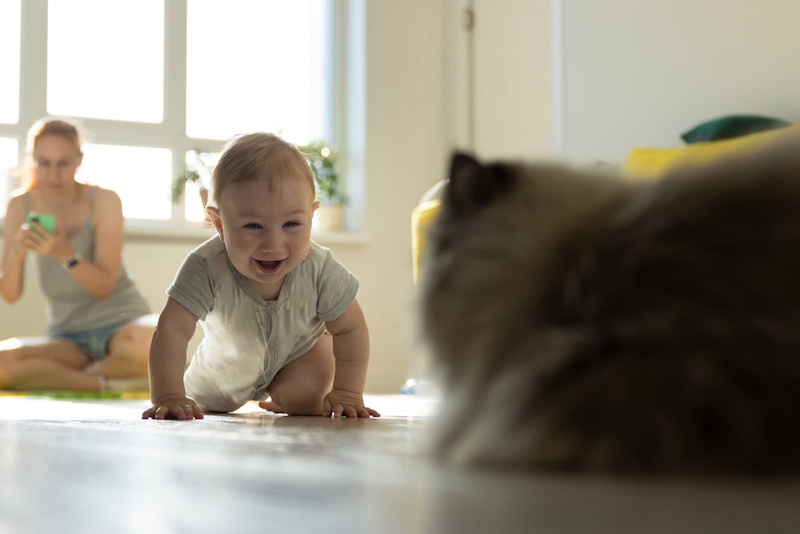Preparing your cat for the arrival of a new baby is a process that requires careful planning and thoughtful execution. Cats are creatures of habit, and introducing a new member to the household can be a significant change for them. Here are ten tips to ensure a smooth transition and a harmonious relationship between your cat and your new baby.
1. Gradual Introduction to Baby Items
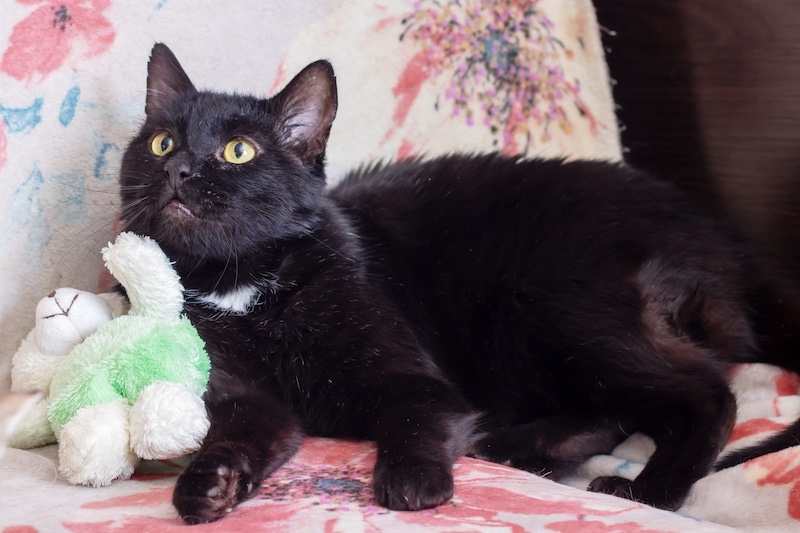
Start by introducing baby items gradually. Bring in the crib, stroller, and other baby gear well in advance of the baby’s arrival. Allow your cat to explore and sniff these items. This helps to desensitize your cat to new objects and smells, reducing anxiety when the baby finally arrives.
2. Create a Safe Space
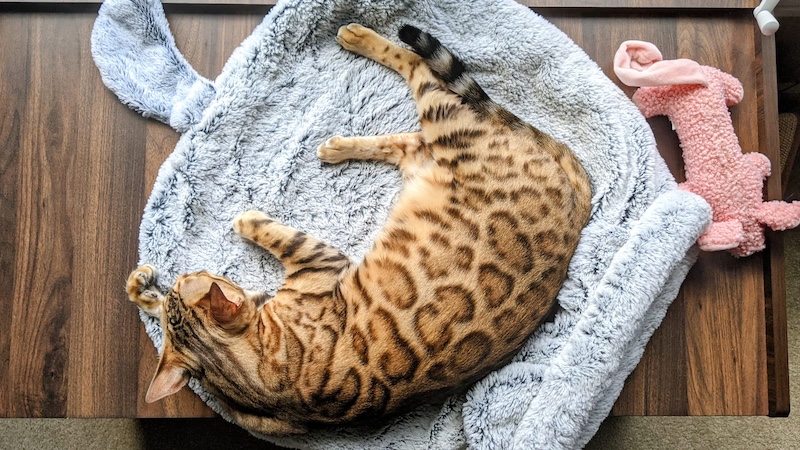
Cats need a place where they can retreat and feel secure. Create a safe, quiet space in your home that is off-limits to the baby. This could be a cozy corner with your cat’s favorite bed or a high perch where they can observe the household activities without being disturbed. This retreat space will be essential for your cat to have a sense of control and security.
3. Gradual Noise Acclimatization

Babies can be noisy, and the sudden sounds can startle your cat. Use recordings of baby noises to acclimate your cat to these sounds. Play the recordings at a low volume initially and gradually increase it. This helps your cat get used to the baby’s cries and coos, reducing the likelihood of stress or fear responses.
4. Maintain Routine
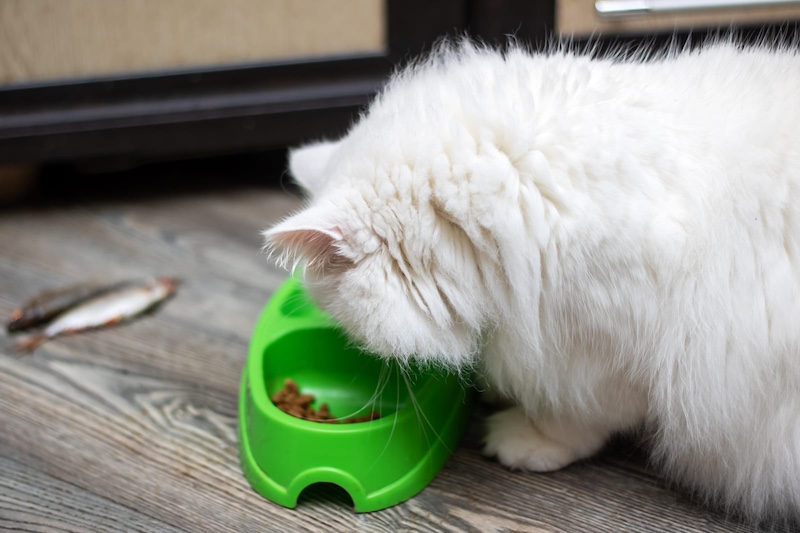
Cats thrive on routine. Try to maintain your cat’s feeding, playtime, and grooming schedule as consistently as possible. The arrival of a baby will inevitably disrupt some aspects of your routine, but keeping key elements stable can help your cat feel more secure. Enlist the help of family members or friends if needed to ensure your cat’s needs are met.
5. Positive Reinforcement

Use positive reinforcement to encourage good behavior around baby items. Reward your cat with treats, praise, and petting when they exhibit calm and relaxed behavior near baby gear. This creates a positive association with the new items and helps reduce anxiety.
6. Scent Swapping

Cats rely heavily on their sense of smell. Before the baby arrives, introduce your cat to the baby’s scent. Bring home a blanket or piece of clothing that has the baby’s scent on it and allow your cat to sniff it. This helps your cat become familiar with the new scent in a non-threatening way, making the eventual introduction less stressful.
7. Training and Boundaries

If there are areas in the house that will be off-limits to your cat once the baby arrives, start training your cat early. Use baby gates or closed doors to establish boundaries. Reinforce these boundaries consistently so your cat understands which areas are restricted.
8. Vet Check-up

Ensure your cat is in good health by scheduling a veterinary check-up before the baby arrives. Update vaccinations and address any health concerns. A healthy cat is less likely to exhibit problematic behaviors, and you can ensure your cat isn’t a risk to your newborn’s health.
9. Supervised Interaction
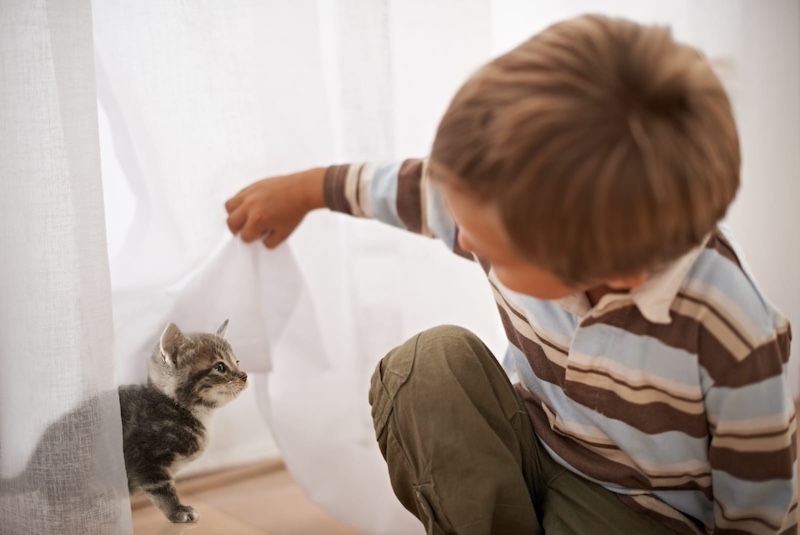
When the baby arrives, supervise all interactions between your cat and the baby. Never leave them alone together. Observe your cat’s behavior closely for signs of stress, aggression, or fear. Gradually increase the amount of supervised interaction time as your cat becomes more comfortable with the baby.
10. Attention and Affection

A new baby will demand much of your time and energy, but it’s important not to neglect your cat. Ensure your cat still receives plenty of attention and affection. Set aside special time each day to play, cuddle, and interact with your cat. This helps to reassure your cat that they are still a valued member of the family.

